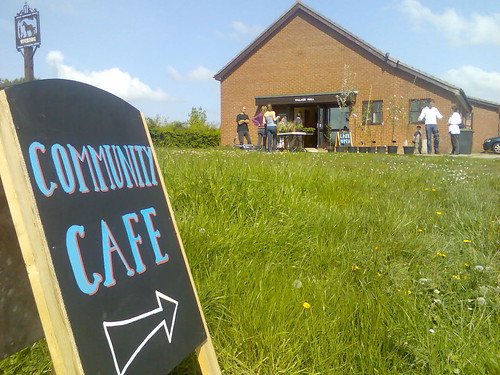 I posted last week about why some Communities of Practice die young.
I posted last week about why some Communities of Practice die young.One common cause of early Community die-back is to create a SharePoint site, and assume a Community of Practice will spring up around it.
We ran a KM Assessment recently for an organisation. At one point we were talking with one of their KM team, who proudly announced "we have lots of communities of practice". When we pressed her a little more to find out what she meant by this term, we found that for her, a Community of Practice was a SharePoint site with a list of contributors, a blog, and a wiki. Then when we went online to look at these "communities", the vast majority were entirely empty. Quite silent. No activity at all. They had died an early death, or never got off the ground at all.
It takes far more than technology to build a Community.
The key is in the word Community. Community is a feeling - it is a feeling of having something in common. It is a feeling of trust and a feeling of identification. Providing a set of community tools and expecting community behaviours to emerge is a variant of the "Build it and they will come" argument, which is pretty well discredited outside the movies.
They key is to build the community first, and let them build the site. The site serves a community, it does not create it.
That's why we always recommend face-to-face community launch, to build the sense of community, the trust and the loyalty, before we build the toolkit.




No comments:
Post a Comment